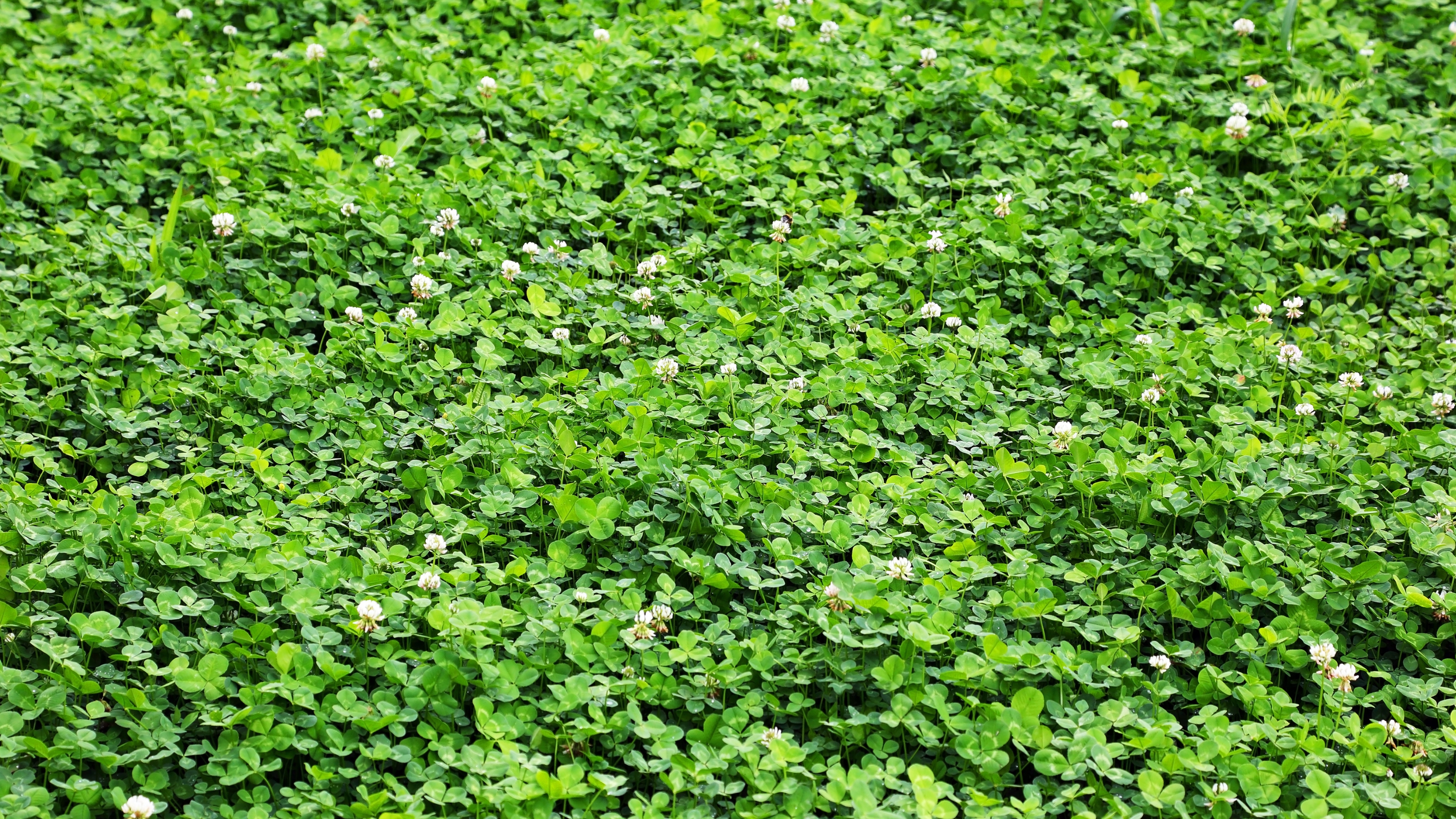
Knowing how to grow a clover lawn is a great way to create a fresh, healthy and eco-friendly lawn to be proud of.
Our garden and landscaping experts will walk you through the simple steps to plant a clover lawn and maintain it all year round.
When it comes to expert lawn care tips, this guide will help you establish a rich and healthy lawn, and provide answers to any burning questions you may have.
How to grow a clover lawn like a pro
An eco-friendly and low-maintenance alternative to traditional lawns, growing a clover lawn is a popular option when it comes to landscaping ideas for a small backyard.
Clover lawns are not only attractive with their lush, green coverage and charming white flowers, but they also offer numerous benefits such as improving soil health, attracting pollinators, and requiring less water and fertilization.
Here’s our expert, step-by-step guide on how to cultivate a thriving clover lawn.
1. Prep your backyard
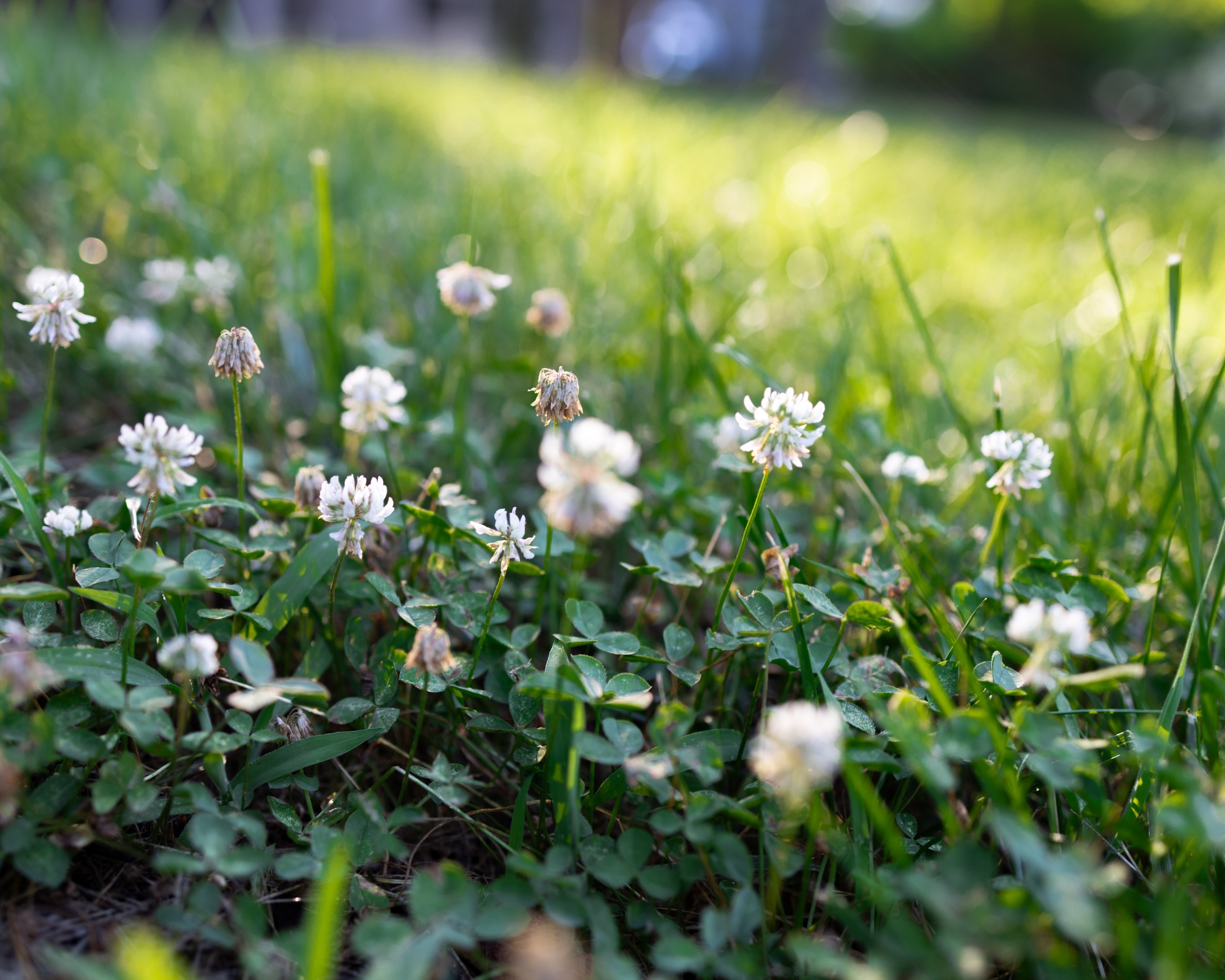
The first step in growing a clover lawn is preparing your backyard.
Remove any debris, such as rocks, sticks, and old leaves, remove weeds, and mow the existing grass as short as possible.
Bryan Clayton, CEO of GreenPal, says, "Though it might not be the most fun part of the process, it's important to clear out any existing grass or weeds by giving the area a good rake to loosen the soil and remove debris. This helps your clover seeds make good contact with the soil, which is crucial for germination."
If your lawn has dense or compacted soil, consider aerating it to improve soil structure and promote better root growth. Aerating can be done with a manual or mechanical aerator, which creates small holes in the soil to allow air, water, and nutrients to penetrate more easily. This Walensee Lawn Aerator from Amazon is easy to put together and uses 15 metal spikes.
Next, test your soil’s pH level. Clover thrives in slightly acidic to neutral soil, with a pH between 6.0 and 7.0. This Insten Soil pH Meter from Target measures the light and moisture levels, as well as the acidity or alkalinity.
If your soil is too acidic, add lime to raise the pH. If it’s too alkaline, sulfur can be added to lower it. Adjusting the soil pH to the optimal range will create the best growing conditions for your clover lawn.
2. Shop for supplies
Once your backyard is prepped, it’s time to gather your supplies. The main item you’ll need is clover seed.
There are different types of clover, but white clover (Trifolium repens), also known as Dutch clover, is the most commonly used for lawns due to its resilience and low-growing habit. These Outsidepride White Dutch Clover Seeds from Walmart are nitro-coated and come in a range of bag sizes from 1 lb to 50 lbs.
Bryan says, "White Dutch clover is popular due to its durability. Grab a spreader for even seed distribution, and I'd also recommend a starter fertilizer — look for one that’s low in nitrogen, since clover fixes its own nitrogen."
Other useful items include a rake to help lightly cover the seed with soil, as well as some topsoil or compost to help with seed germination; this is especially vital if your existing soil is poor.
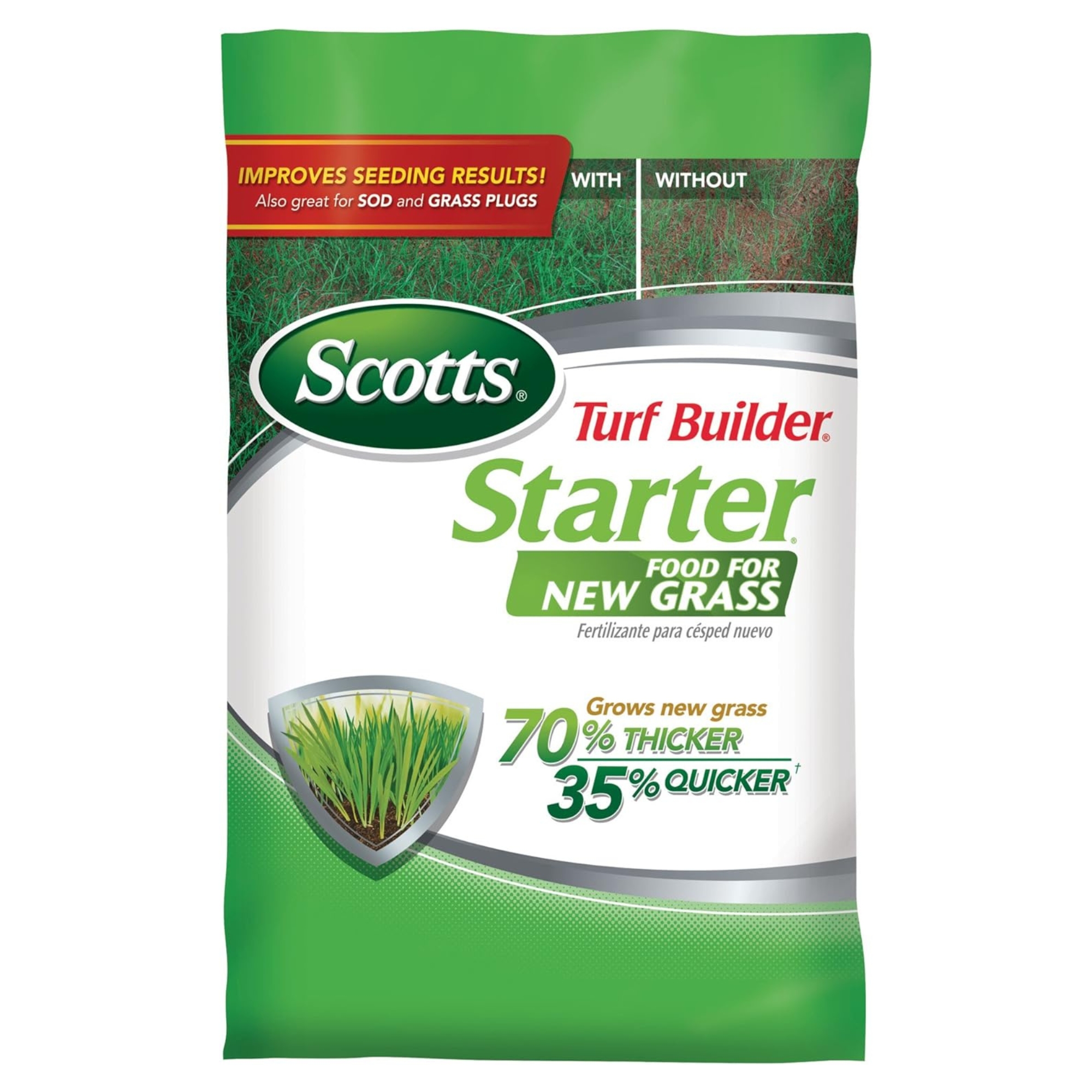
Price: $29.98
Size (lbs): 15
New grass grows 70% thicker and 35% quicker than unfed grass with this Scotts Turf Builder Starter Lawn Fertilizer, which will have your new clover lawn growing in no time.
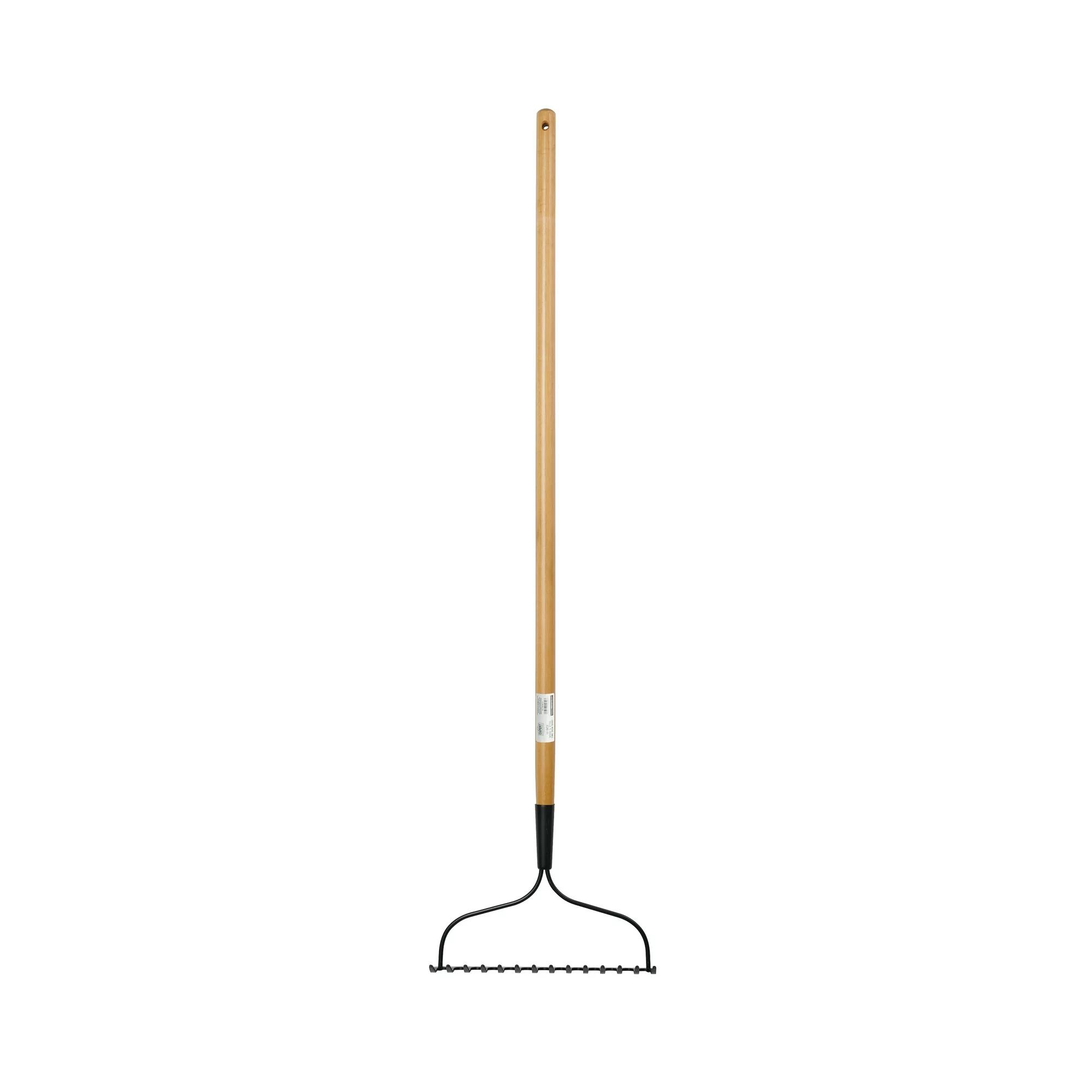
Price: $9.94
Size (inches): 54
This Expert Gardener's 14-inch Wood & Steel Tine Bow Rake boasts a high-strength carbon steel head, with sturdy steel tines with a lightweight 43-inch eucalyptus handle.
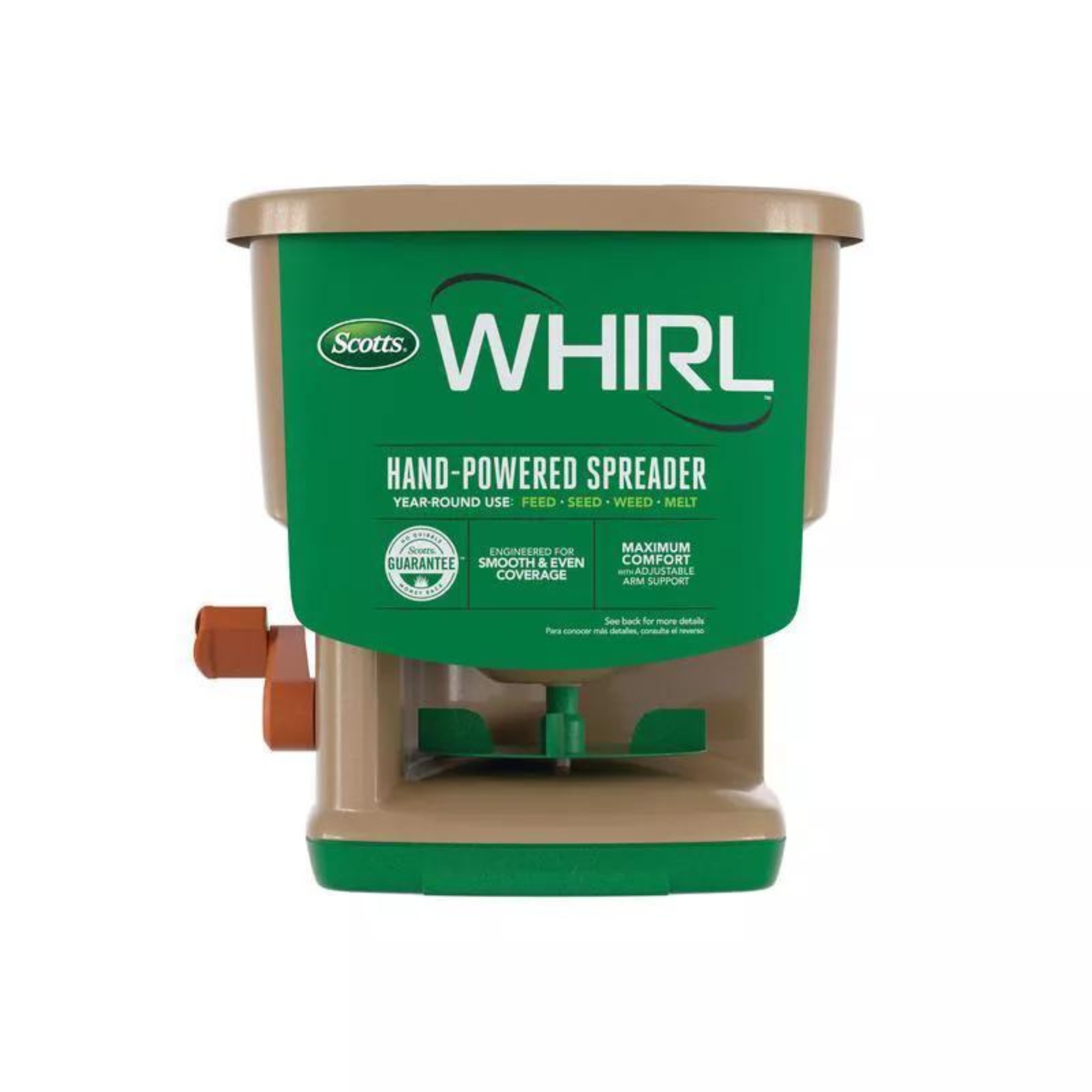
Price: $46.38
Size (inches): 8.5H x 8.7W x 13.1D
The Scotts Whirl Hand-Powered Spreader is the perfect clover seed spreader for small yards, delivering even coverage with an adjustable arm support for maximum comfort.
3. Plant the clover
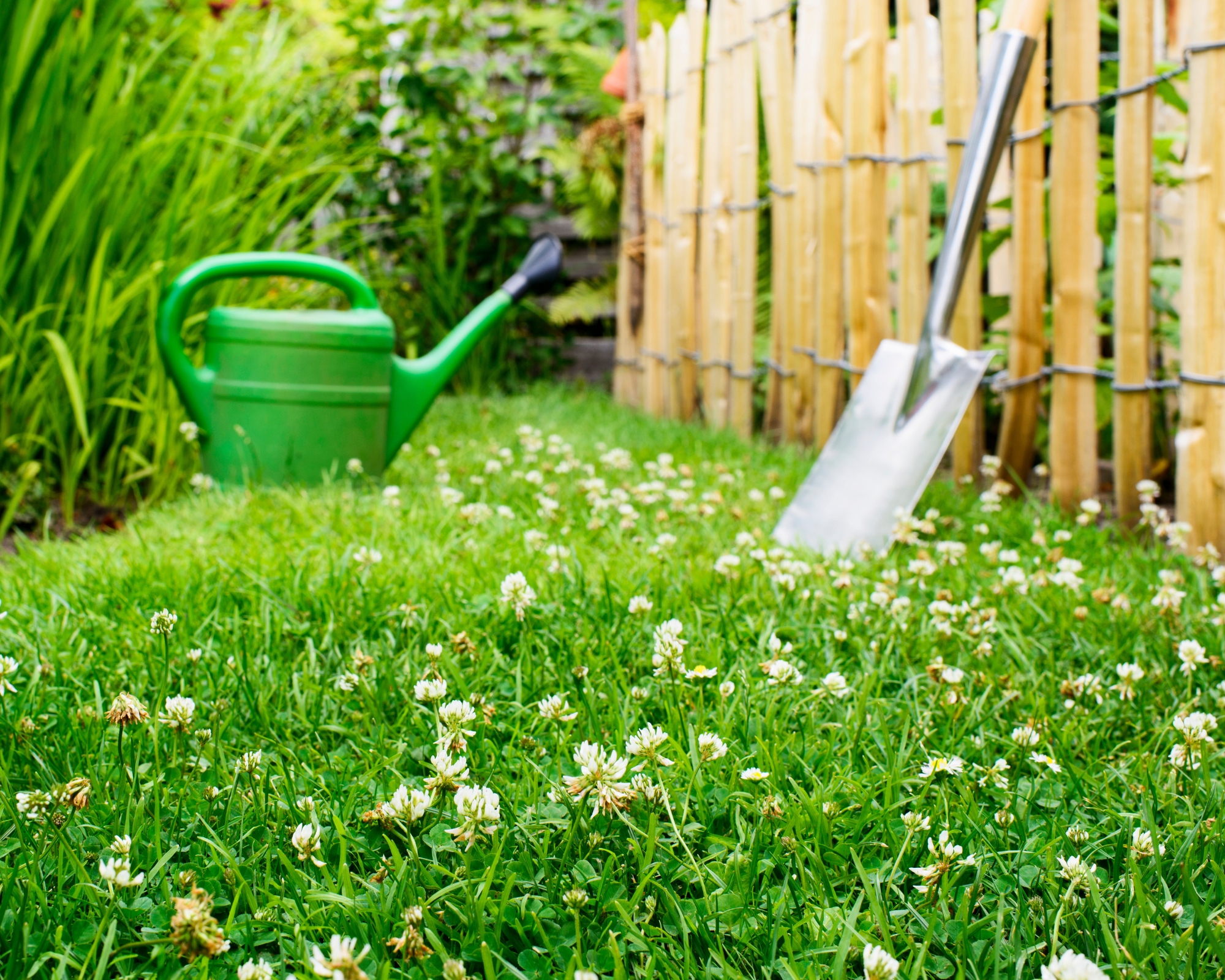
Planting clover is a straightforward process, but timing is important. Clover seeds should be sown in early spring or early fall when the soil is warm and there is adequate moisture for germination.
Begin by distributing the seeds evenly across the prepared soil. Bryan says, "You can spread the seeds by hand or — for larger gardens — I'd recommend a broadcast spreader for even coverage. Lightly rake the area post-seeding to help the seeds settle in, then give it a gentle watering."
After raking, cover the seeds with a thin layer of soil. This helps protect the seeds from birds and ensures good soil contact.
Water the area thoroughly but gently to avoid washing away the seeds. Keep the soil consistently moist until the clover seeds have germinated and the seedlings are well established.
Jeremy Yamaguchi, CEO of Lawn Love, says, "Though clover can germinate in as little as three days, it typically takes about a week. Mist your clover daily to ensure good seed establishment."
4. Look after your lawn
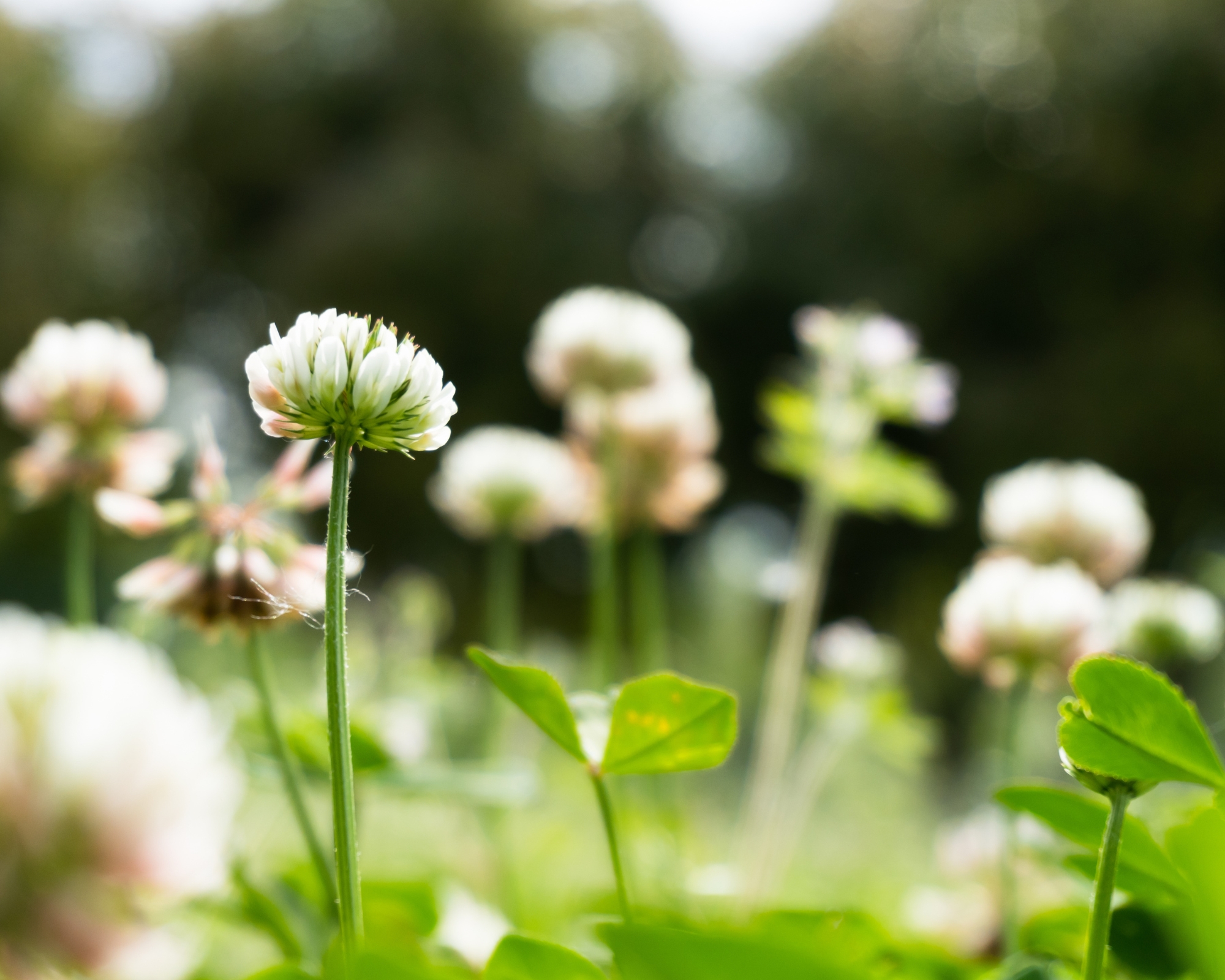
Once your clover lawn is established, it requires minimal maintenance compared to traditional grass lawns. Clover is drought-tolerant and doesn’t require frequent watering.
One of the major advantages of a clover lawn is its ability to fix nitrogen from the air, reducing the need for additional fertilization. In fact, adding too much fertilizer can harm the clover. During dry spells, an occasional deep watering will suffice.
Jeremy says, "Water your clover lawn deeply once or twice per week during periods of prolonged drought and aerate it annually."
This Orbit Oscillating Water Sprinkler from Amazon can water up to 4,000 square feet of lawn.
Though clover lawns require less watering and fertilizing than other lawns, they still require active maintaining.
Bryan says, "Don't get confused — clover is low-maintenance but not no-maintenance. Mow about every seven days to keep it tidy and help prevent other weeds from settling in. You won’t need much fertilizer, but an occasional light application can help, especially in poorer soils."
Bryan recommends this GARDENWISE 13-13-13 All-Purpose Fertilizer from Amazon provide balanced plant nutrition and a fast-release formula.
Bryan adds, "Watch out for bare spots and overseed as needed. Clover can get patchy if not maintained. Also, be vigilant about hand-picking weeds since typical weed killers will damage clover too."
To overseed, simply scatter the seeds over the bare spots, rake lightly, and water well until the new clover is established.
FAQs
What is the difference between a white clover lawn and a dutch clover lawn?
A white clover lawn and a Dutch clover lawn essentially refer to the same thing. Dutch clover, or Trifolium repens, is a specific type of white clover known for its durability and low-growing habit, making it ideal for lawns. Both terms are often used interchangeably to describe a lawn planted with this resilient and attractive clover variety.
What are the most common problems when growing a clover lawn?
The most common problems include over-fertilization, which can harm the clover, and excessive foot traffic, which can cause wear and tear on the lawn. Pests such as slugs and snails can also be an issue, though they are usually manageable. Regular mowing and proper soil pH maintenance can help mitigate many of these problems. Understanding the clover lawn pros and cons can help you better manage these issues.
What is the best type of clover lawn seed to use?
The best type of clover lawn seed to use depends on your specific needs. White clover lawn seeds are popular due to their hardiness and low maintenance. For a finer texture, you might consider micro clover lawn seeds, which produce smaller leaves and create a denser, more uniform lawn.
What are the pros and cons of a clover lawn?
A clover lawn has several advantages, such as being drought-tolerant, requiring less mowing and fertilization, and improving soil health by fixing nitrogen. It also attracts beneficial insects like bees. However, some cons include its tendency to attract pests like slugs and snails, potential damage from heavy foot traffic, and its tendency to go dormant during extreme weather conditions. Weighing these clover lawn pros and cons can help you decide if it's the right choice for your yard.
Meet our experts
So there you have it — how to grow a clover lawn in four simple steps. With proper preparation, planting, and minimal maintenance, you can enjoy a lush, green clover lawn that benefits both your yard and the environment.
Next, check out this 2024 sustainable landscaping trend worth trying.







